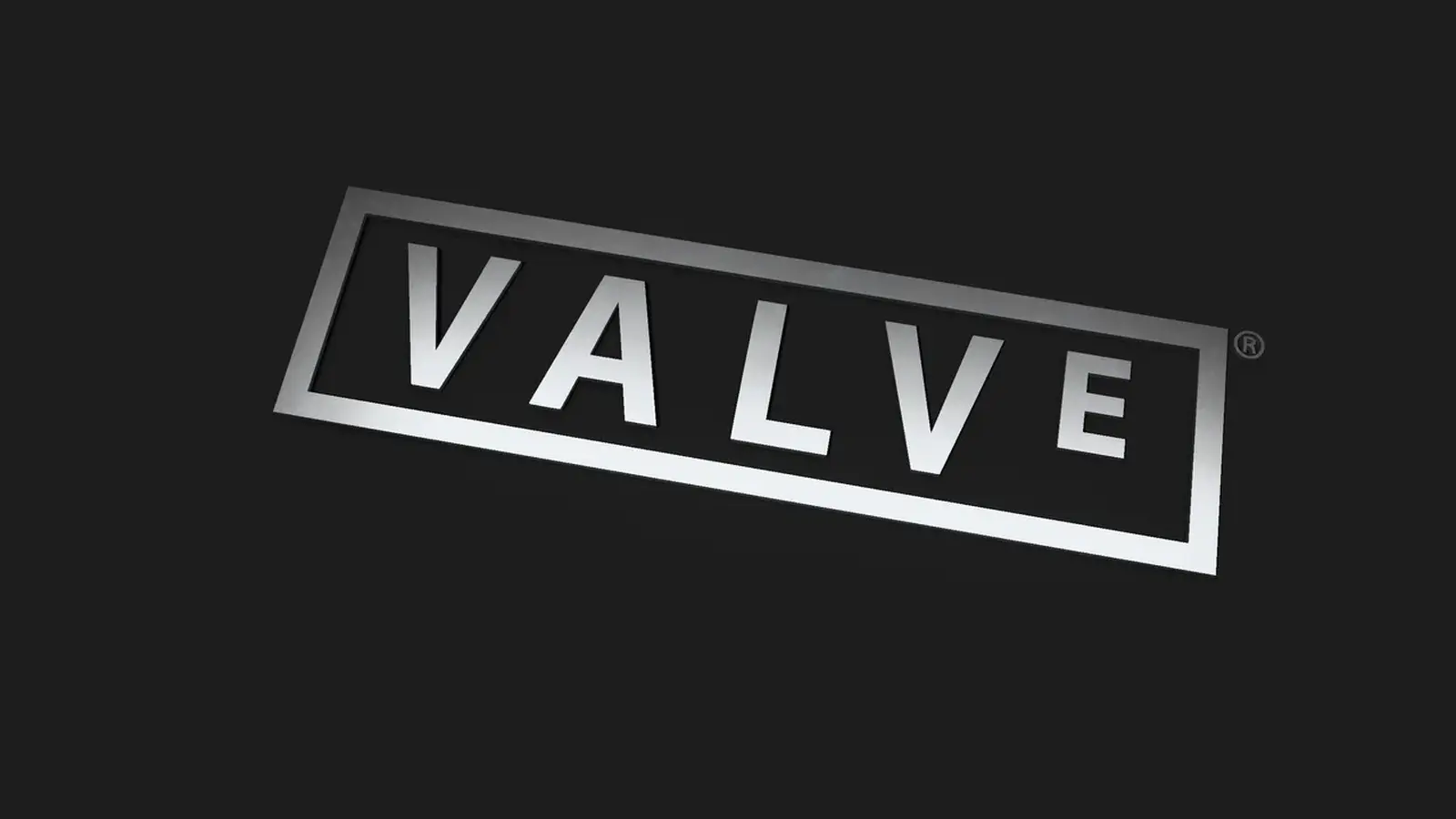3 Minutes
Valve — the private company behind Steam and the Steam Deck — is quietly racking up staggering revenue-per-employee numbers that eclipse even the biggest tech giants. How did a relatively small team build such an outsized business in gaming? Here’s a look at the figures and the unusual structure behind Valve’s success.
Steam’s massive revenue and what it means
According to Alinea Analytics, the Steam platform alone brought in about $16.2 billion in 2025. Industry estimates put Valve’s total revenue near $17 billion for the full year — an extraordinary result for a company that operates privately and keeps tight control over public disclosures.
Unmatched revenue per head: the $50 million number
Between 2012 and 2021, Valve’s headcount averaged roughly 350 employees. If you divide the projected $17 billion by that workforce, the company generates around $50 million in revenue per employee — a figure far above rivals. For context, Apple and Meta report per-employee revenues of roughly $2.4 million and $1.9 million respectively, largely because those corporations employ tens of thousands of staff worldwide.
How Valve pays and rewards its team
Valve is known for generous compensation and a lean, high-impact staff. Public estimates indicate Valve spent close to $450 million on employee pay, and weighted averages suggest more than $1.3 million in compensation per employee. Those numbers help explain how a small, focused team can produce outsized financial results.

Structure, privacy, and competitive advantage
Valve’s private ownership plays a role in its financial performance. Not answerable to public shareholders or venture firms, Valve has latitude to prioritize long-term value and employee returns over quarterly reporting. The company also embraces an unusual organizational model: it reportedly operates without a traditional senior executive layer, encouraging employees to function as a single collaborative team rather than in rigid hierarchies.
Why that matters
Flat structures can boost agility and accountability — each employee handles meaningful work and decisions, which can magnify productivity. Combine that with Steam’s massive marketplace and the niche hardware success of the Steam Deck, and you get a business that earns huge revenue while remaining compact.
Numbers to remember
- Steam revenue in 2025: about $16.2 billion (Alinea Analytics)
- Estimated total Valve revenue: roughly $17 billion in the year
- Average headcount (2012–2021): ~350 employees
- Revenue per employee: ~ $50 million
- Estimated payroll spending: around $450 million; weighted average pay > $1.3 million per employee
Valve’s story is a reminder that in digital marketplaces, scale doesn’t always mean a huge headcount. With a dominant platform, focused team and unconventional management style, a relatively small company can deliver outsized returns — and spark conversations about what efficiency and compensation should look like in the modern gaming industry.


Leave a Comment